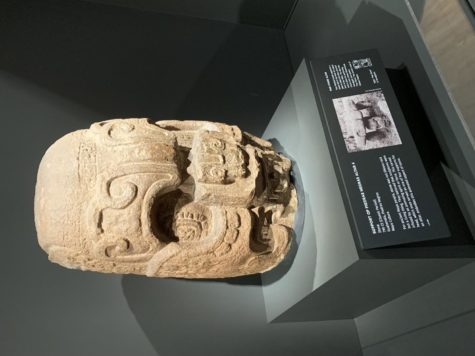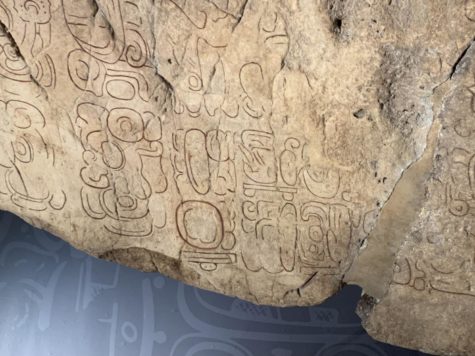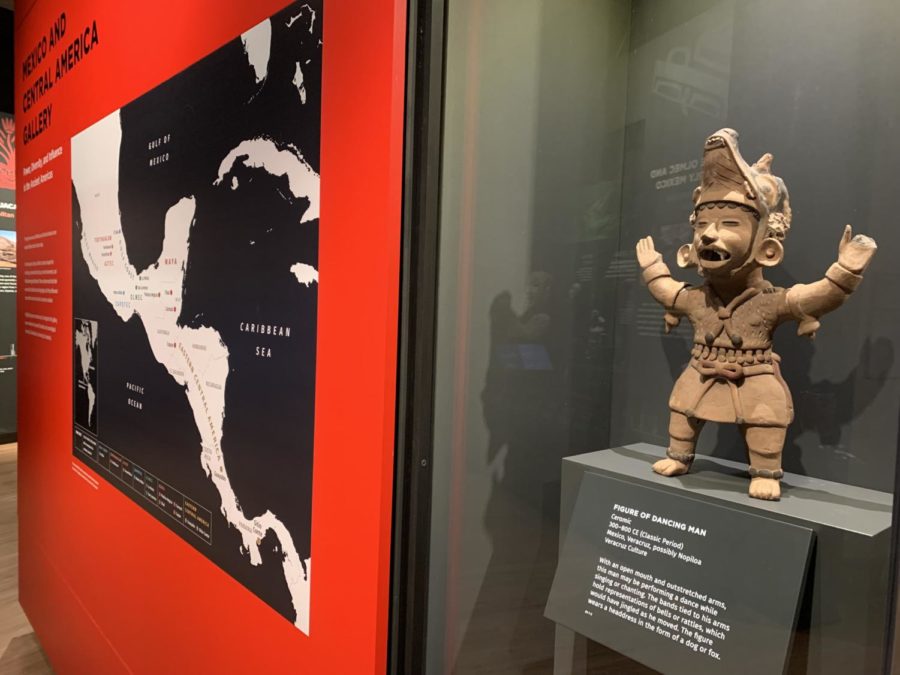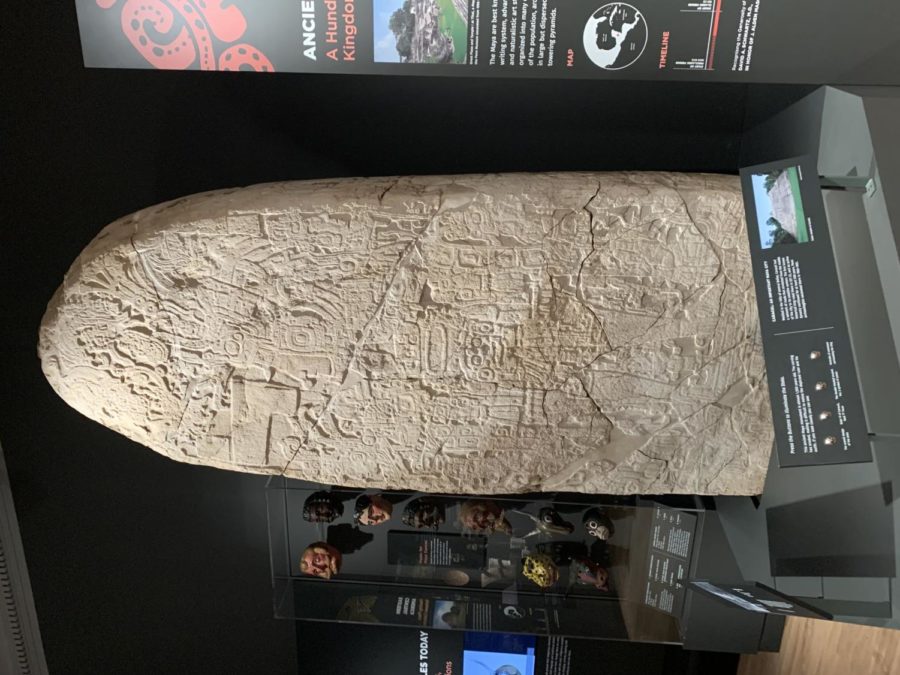Central America, by a Rock
The glory of Mayan civilization, as captured by a rock.
At Penn Museum, Pennsylvania a series of artifacts from Mexico and Central America are on display.
October 5, 2021
The date is May 10, 613 CE. That is, the date it would be if today’s calendar were used. As it is, the calendar used in this time and place is much older than the one known today – it is the Maya calendar.
The rock itself has been named ‘Caracol Stella 5.’ Found in the hills of central Belize this stella, or monument, captures a moment in time.
Caracol was composed of a central city and satellite centers sprawling outwards, connected by a road network. A dynasty that lasted roughly 500 years, it was in 331 CE that the first known historical king ruled there.
Not unlike a photograph, Caracol Stella 5 captures a moment of this dynasty in freeze-frame. The only difference is that it was taken over a thousand years before cameras were invented.
This stella celebrates the ruling Mayan king of the time and is much more than its faded façade may at first appear.
Front and center of the stella stands Saak Ti’ Huun, Ruler IV of the Mayans of Caracol. Below his head is the double-headed serpent bar, symbolizing power in Mayan culture. Behind him, on either side, embodiments of ancestors surround him.

Now pebbles on the ground have been reduced to little importance, things we walk over with little thought.
However, as a plaque describing ‘Support of Piedras Negras Altar 4’ in Penn Museum describes, for “ancient Maya people, stone was not lifeless rock but a living thing.”
According to Penn Museum, the Mayans “believed that sculptures were infused by an animating spirit or force.”

It was from rock that the Mayans fashioned their civilization. From their temples to their writing.
In fact, the Mayans developed a sophisticated writing system over 2,300 years ago, a script which they carved into stone.
Stone is more than a plain mass of rock. The Mayans knew of its potential to capture moments as pictures do and display words as in the pages of books, and they knew how to capture this power.





